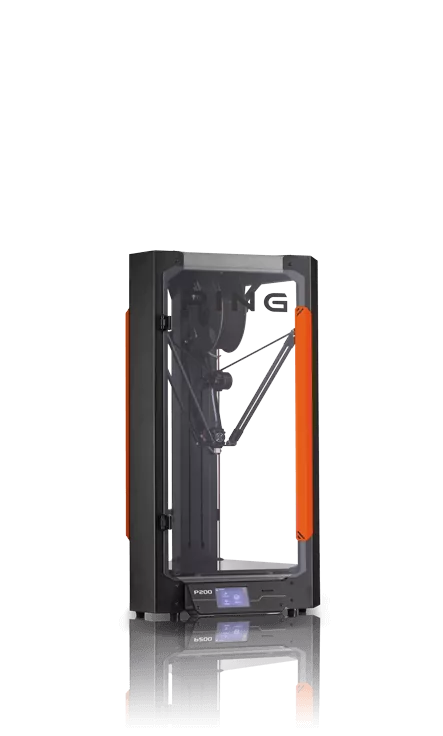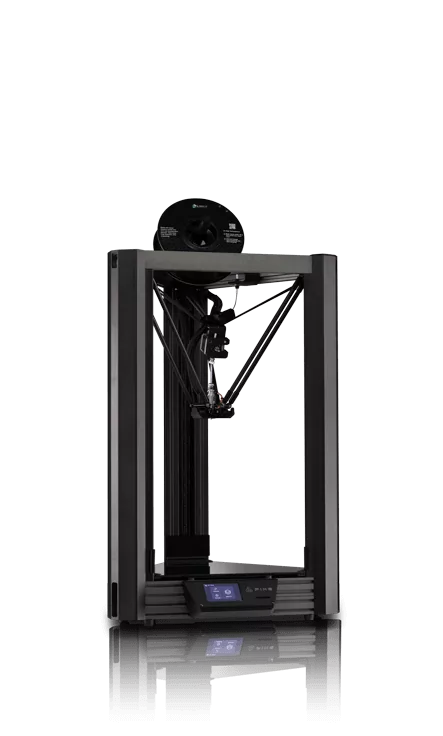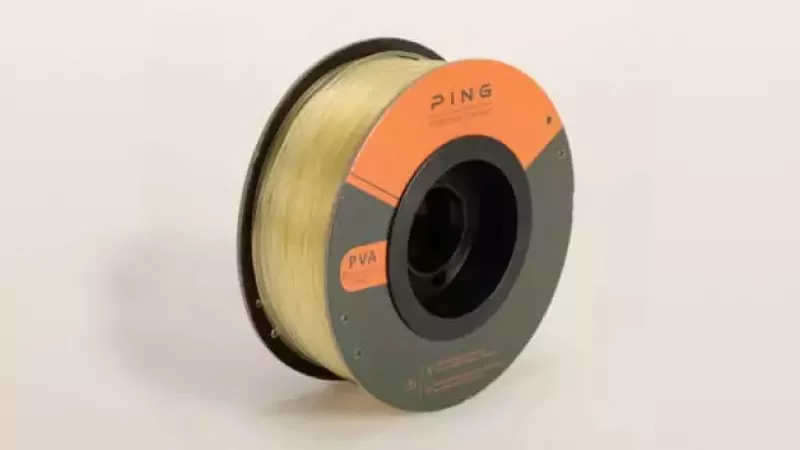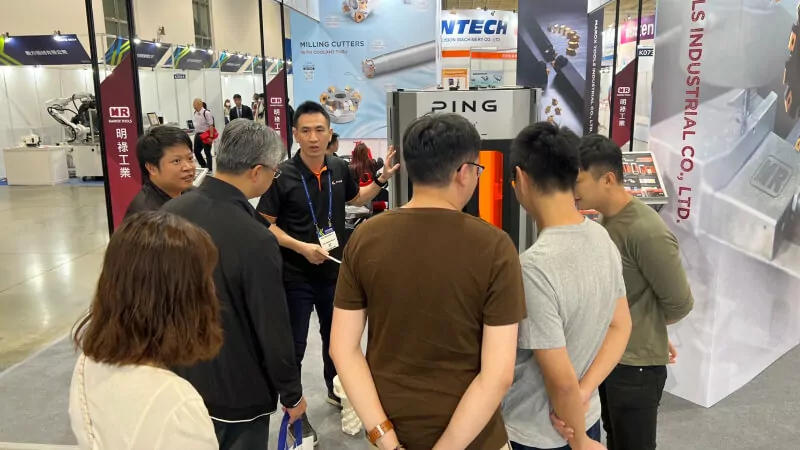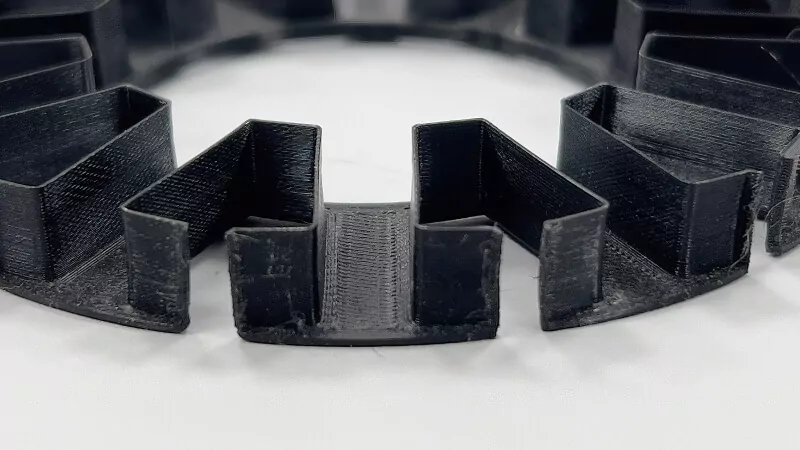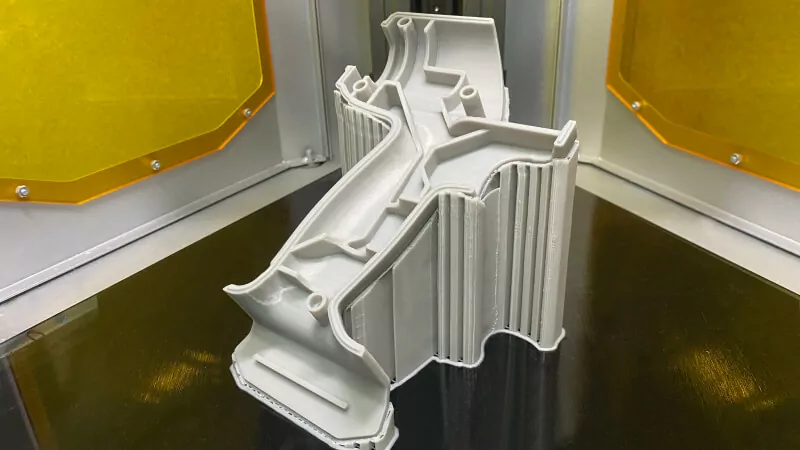When you start a new 3D printing project, it’s important to match the material for your 3D printing filament to your project requirements. Different materials give very different results for visual appearance, physical feel and structural strength of your finished design. Let’s consider how to choose the right material to get the best results from your 3D printer.
What type of 3D printing job are you doing?
Our customers use PING 3D printers for the three standard applications of 3D printing. These are proofing and prototyping, printing functional components, and 3D printing of finished product designs. Each of these applications of 3D printing can have very different requirements for physical properties and finish.
What are the 3 standard applications of 3D printing?
- Initial proofing and prototyping
- Functional 3D printed parts and components
- Final product applications
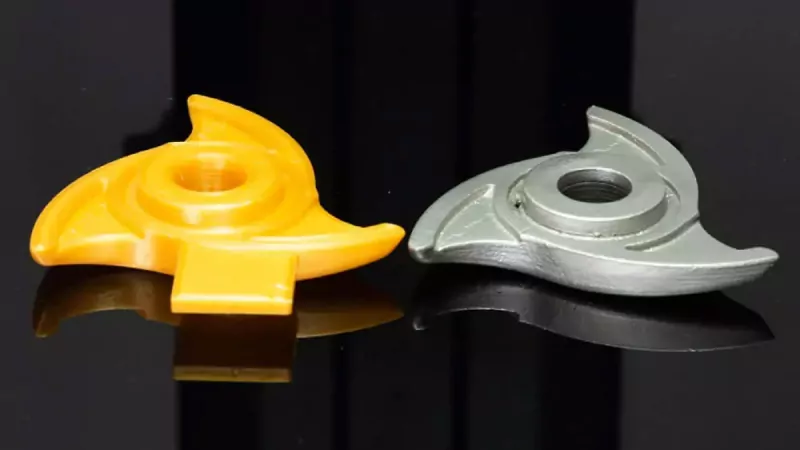
Initial proofing & prototyping with a 3D printer
Initial proofing and prototyping is how you check your project design for appearance and dimensions, and is an important stage for verifying that your finished design looks right. Proofing can take multiple attempts to finalize the design, so a standard, inexpensive material like PLA is usually a good choice for proofing.
How many types of PLA do you supply?
- There are 4 types of PLA available on our website
- Printing parameters and properties are the same for all PLA
- You can make a decision based on color and texture
If you are prototyping to make a model to copy by a different process, like casting in metals, then the most important features of 3D prototyping are dimensional accuracy and surface finish. For polished surface finishing you will get better results using ABS than PLA for your prototyping.

Functional 3D printed parts & components
Functional 3D printed parts and components are final products. These can be divided into two categories depending on whether they will need additional polishing or if the 3D printed finish meets your requirement.
What are the functional characteristics of different 3D printing materials?
- Heat resistance: PA-CF, ABS
- Strength: PLA, PC
- Toughness: Nylon, ABS
- Acid & alkali resistance: Nylon
- Flame retardant: PC-FR
- Anti-Static: PLA-ESD
- Soft texture: TPE
- Can be polished: ABS
ABS is a good material for polished finishes, and is a hard material, which makes it good for functional parts and components. If there is no need for polishing, then PLA offers a cheap and effective material for general 3D printing that can be used unless there are specific temperature resistance or hardness requirements that make it unsuitable.
What is the heat resistance of different 3D printing materials?
- PA-CF: 170-190 °C
- ABS: 90 °C
- PETG: 70 °C
- PLA: 40-50 °C
If you will be applying a post-printing heat treatment, particularly if you will be baking the 3D printed component in an oven, then you need to be guided by the temperature resistance of the different materials. PA-CF (nylon with carbon fiber) has the highest heat resistance, but ABS is an affordable alternative if you are not going to be heating it above 90 °C.
3D printing of final products
When printing a final product for use by a consumer, we have to also take into account the usage scenario for the product. You need to think about not only the cosmetic issues, like color, texture and finishing, but also the physical and environmental stress that the product is likely to experience.
ABS and PETG are the most commonly used materials for 3D printing of domestic consumer products, and this is because they are both strong materials, do not soften when exposed to the sun, and are available in many different colors. If you are 3D printing products that will be put under a lot of physical stress then PC may be the best choice, and if they will be exposed to heat or friction then PA-CF or ABS are going to work better than PETG or PLA.
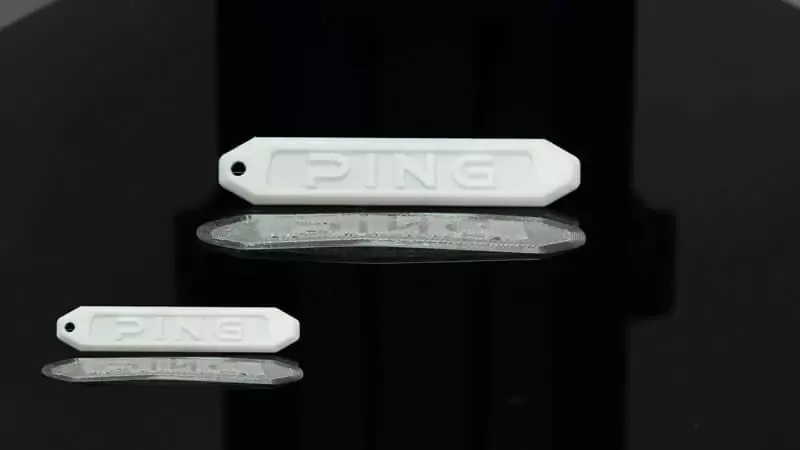
How does PING make 3D Printing easier for you?
There are four additional features of 3D printing to consider when choosing the right 3D printing material for your project, but these are only possible with dual material printers. With a dual material printer you can print in two colors or two textures, and can also print with clean breakaway support materials or soluble support materials.
What are the 4 additional 3D printing material options with dual material 3D printers?
- Two color 3D printing
- Two texture 3D printing
- Clean breakaway support materials
- Soluble support materials
PING’s patented 2-in-1-out dual material printhead enables superior dual-material printing with improved capabilities by mixing colors and textures of materials with similar printing temperatures as they are being printed. This includes the capability to print easy to remove supports.

Smooth color & texture changes in your 3D printed design
This enables smooth color gradients between two colors printed in PLA, and the inclusion of soft TPE textures in harder PLA printed objects. The combination of TPE + PLA is perfect for making grips and handles for tools that are comfortable to use.
Perfect finishes with clean breakaway support materials
The truly revolutionary capability of PING’s patented single nozzle, dual material 3D printing technology is to enable perfect registration of easy to remove clean breakaway support materials, saving post production time and creating amazingly clean finishes.
An easy to remove support material for every 3D printing project
PING has developed a range of easily removed support materials for each standard 3D printing material, enabling you to print with PLA, TPE, ABS or PETG loaded in one spool, and our compatible easy to remove support material on the second spool.
We also provide a water soluble support material made of PVA for 3D printing in PLA. Water soluble support materials enable the printing of cavities and complex objects that would not otherwise be possible to 3D print or manufacture using any other process.
Customer support & material testing services from PING
We don’t just provide 3D printers and printing materials, at Ping we provide you with the best possible customer service and engineering support to help you get the best from your 3D printing projects. Contact us to find out more about leasing or buying a 3D printer from us and discover our material testing services that help customers evaluate the right material solutions for their 3D printing needs.


